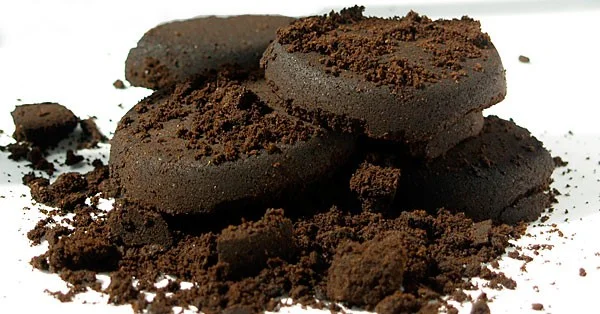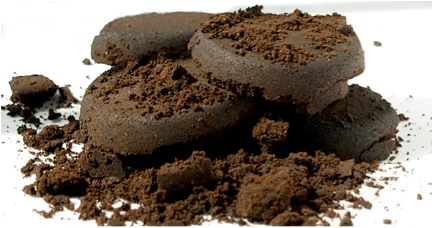Coffee has more uses that waking you up in the morning!
Try these beneficial ways to use spent coffee grounds in your garden.
Mix your old used coffee grounds into your compost, in combination with leaves, twigs and other “browns”.
Coffee grounds act as a catalyst in speeding up decomposition and resulting in a better quality compost.
Worms love the stuf, they happily consume your day-old coffee and digest it into black gold. If you don’t brew coffee at home, you could probably source some grounds through your local café or restaurant. Remember to add two teaspoons of lime to every 5kg of grounds to control pH levels.
Apply spent coffee grounds to the surrounding soil of acid loving plants. These are plants which prefer a pH of below 7.0. The addition of coffee grounds to Hydrangeas ensures blue blooms. Other acid loving plants include Melaleuca’s, Gardenias, Azaleas, Citruses, Juniper’s and Magnolias.
Coffee grounds can be used as organic mulch. Mix with some other organics and apply
evenly to prevent mould build up. Mix in a little liming agent when applying to plants
that prefer a more alkaline to neutral pH like Hellebores. Other reasons to use coffee
grounds as mulch include their high Nitrogen level, said to be around 10%, as well as their
ideal carbon to nitrogen ratio. Furthermore coffee grounds are known to repel slugs, snails and ants.
To make your own liquid fertilizer add 2 cups of damp coffee grounds to a 20 litre bucket of water.
Allow to rest for a day or two until the water has an amber colour. Strain if using a watering can with small holes and use as necessary. An even foliage application every 14 days or so sees great results. Just remember to add a pinch of lime when treating plants like pink coloured Hydrangeas and other alkaline lovers.
Add a little bit of used coffee grounds in the planting holes of tomatoes, peppers, and eggplants. It is reported that decomposing coffee grounds act as a suppressant to various fungal rots and wilting diseases such as Fusarium, Pythium and Sclerotinia species. This is due to beneficial fungal and mould colonies housed within decomposing coffee grounds acting against these microorganism badies.



